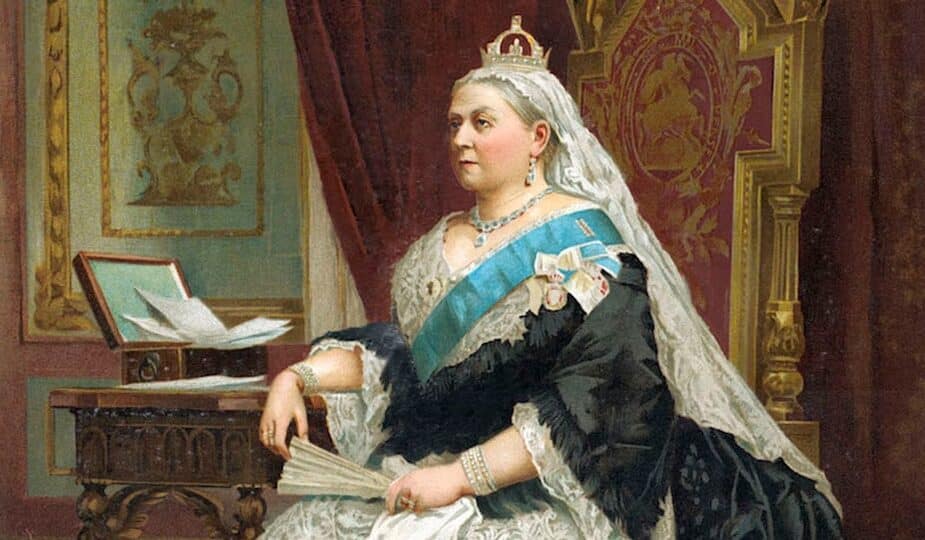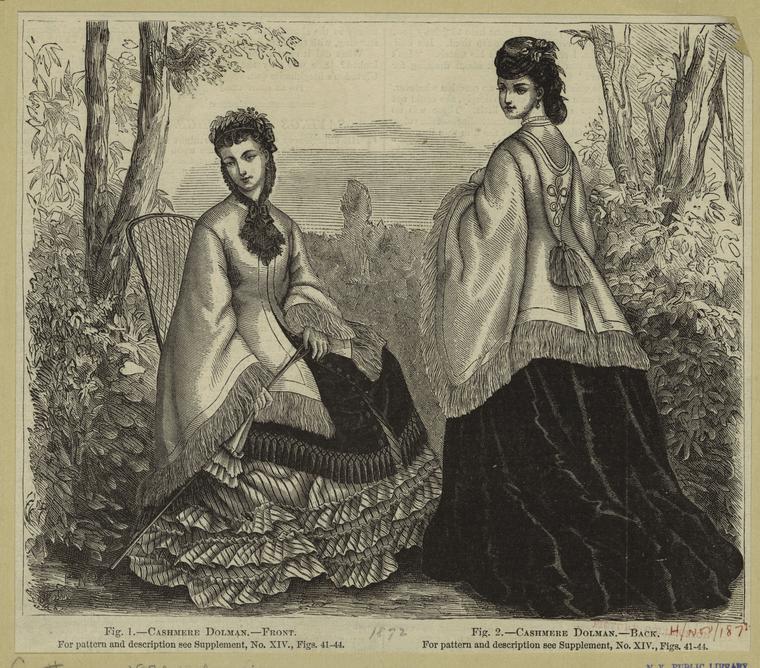The Victorian era, spanning from 1837 to 1901, was marked by significant changes in fashion, culture, and societal norms. This period, defined by the reign of Queen Victoria, saw a unique blend of elegance, strict etiquette, and innovative fashion trends that spread beyond the borders of the British Empire.
One notable region influenced by Victorian fashion was Germany. The intricate designs, elaborate accessories, and structured garments of the Victorian era left a lasting impact on German fashion, intertwining with local traditions and leading to unique stylistic adaptations.
In this article, we will dive into the Victorian era's influence on German fashion, exploring key elements such as clothing, accessories, and the incorporation of Victorian aesthetics into traditional German attire, including lederhosen.
Victorian Fashion Elements and Their Impacts
Victorian fashion was characterized by its elaborate designs, use of luxurious fabrics, and attention to detail. Corsets, crinolines, and bustles were staples of the era, creating distinct silhouettes that emphasized the waist and accentuated the female form. These elements found their way into German fashion, where local dressmakers and designers incorporated Victorian styles into their creations.
Clothing and Silhouettes
The structured garments of the Victorian era, with their tight corsets and voluminous skirts, became popular among German women of the upper and middle classes. The hourglass silhouette, achieved through the use of corsets and bustles, was highly sought after.
German fashion also adopted the intricate lacework, ruffles, and trims that were hallmarks of Victorian dresses. Evening gowns and formal wear in Germany often mirrored the elegance and sophistication of their British counterparts, with an emphasis on modesty and refinement.
Accessories and Ornamentation
Victorian accessories, such as gloves, bonnets, and parasols, were incorporated into German fashion, adding a touch of sophistication and refinement to everyday attire. Jewelry, including brooches, lockets, and cameos, became popular among German women, who appreciated the intricate designs and sentimental value of these pieces.
Victorian Fashion Influence on German Menswear
Victorian fashion also influenced German menswear, particularly in terms of formal attire. Tailcoats, waistcoats, and top hats became fashionable among German men, reflecting the dignified and polished look of the era.
The emphasis on tailored fits and high-quality fabrics was evident in German menswear, where the Victorian penchant for elegance and detail was embraced.
Victorian Influence on Lederhosen
Lederhosen, traditional German attire, also saw the influence of Victorian fashion.
While lederhosen are typically associated with Bavarian culture and rural life, the Victorian era brought changes in their design and usage. Victorian aesthetics, characterized by intricate embroidery and attention to detail, were incorporated into lederhosen, elevating them from practical workwear to fashionable attire suitable for various occasions.
Evolution of Lederhosen Design
During the Victorian era, lederhosen began to feature more elaborate embroidery and decorative elements. The use of fine leather, intricate stitching, and metal accents became common, reflecting the Victorian emphasis on craftsmanship and ornamentation.
These enhancements made lederhosen more appealing to urban dwellers and tourists, who sought to embrace traditional German culture with a touch of Victorian elegance.
Victorian Aesthetic in German Fashion
The Victorian era's aesthetic principles, such as an emphasis on modesty, elegance, and intricate detailing, profoundly influenced German fashion. These principles were reflected not only in clothing but also in lifestyle and societal norms.
The integration of Victorian elements into lederhosen also symbolized a blending of cultural influences. As Germany modernized and urbanized during the Victorian era, traditional clothing like lederhosen adapted to new tastes and social contexts. This evolution allowed lederhosen to maintain their cultural significance while appealing to a broader audience.
Victorian Fashion and German Society
Victorian fashion in Germany was not merely about clothing; it was a reflection of societal values and aspirations. The era's emphasis on propriety and modesty was evident in the conservative designs of German dresses and the adoption of accessories that conveyed respectability and refinement. The influence of Victorian fashion extended to social events, where elaborate gowns and formal attire were worn to balls, operas, and other gatherings.
Mourning Fashion
The Victorian practice of mourning, with its strict dress codes and customs, also found its way into German society. Mourning attire, characterized by dark colors and somber designs, became a part of German fashion.
Women, in particular, adhered to the elaborate mourning rituals, wearing black dresses adorned with crape and jet jewelry. Mourning jewelry, made from jet and other dark materials, was also adopted, reflecting the Victorian fascination with death and remembrance. These customs highlighted the Victorian era's influence on German attitudes towards death and grief.
Victorian Influence on German Designers
German designers of the Victorian era were inspired by the innovations and styles emerging from Britain. They incorporated Victorian elements into their collections, creating garments that combined local traditions with international trends.
This fusion led to the development of unique fashion styles that resonated with the German populace.
The Victorian era's influence on German fashion was profound and far-reaching. From the adoption of elaborate clothing designs and accessories to the integration of Victorian aesthetics into traditional attire like lederhosen, the impact of this period is evident in the evolution of German fashion. The era's emphasis on modesty, elegance, and craftsmanship left a lasting legacy, shaping the way Germans dressed and perceived fashion.
As we reflect on this fascinating period, it is clear that the Victorian influence extended beyond mere clothing. It permeated societal norms, cultural practices, and artistic expressions, creating a rich tapestry of historical and cultural connections. Today, the remnants of Victorian fashion can still be seen in German traditional wear, vintage collections, and modern adaptations, reminding us of the enduring legacy of this remarkable era.
For further reading on Victorian fashion and its influence, explore the detailed articles on Fashion-Era, Edwardian Mourning Dress, and the History of Shopping. These resources provide valuable insights into the intricate world of Victorian and Edwardian fashion, shedding light on the cultural and historical significance of this influential period.



